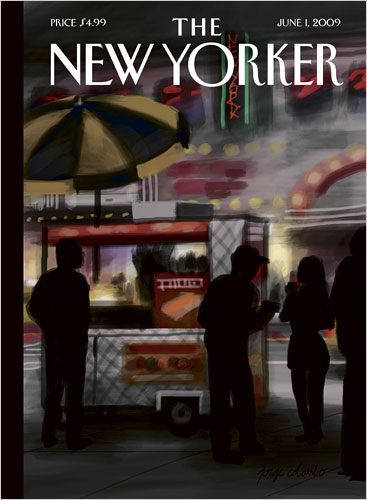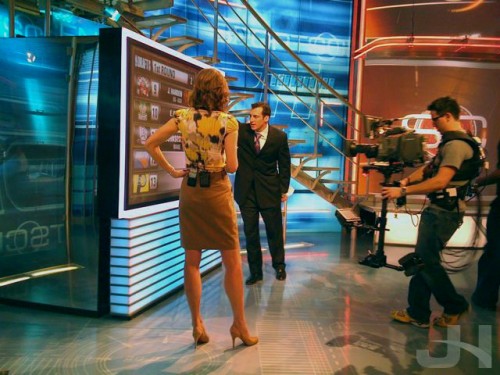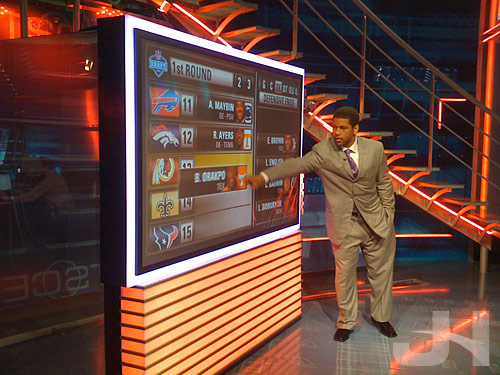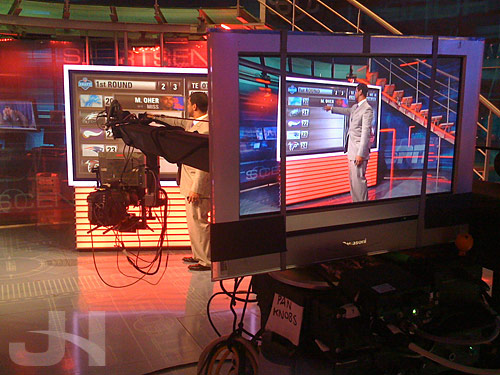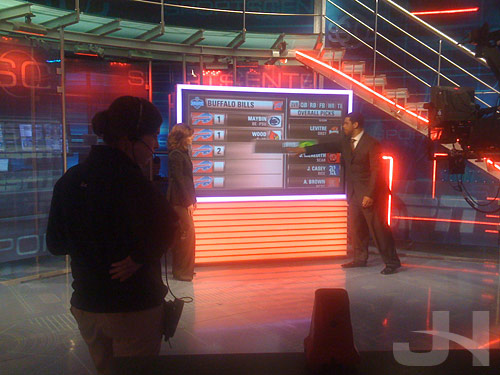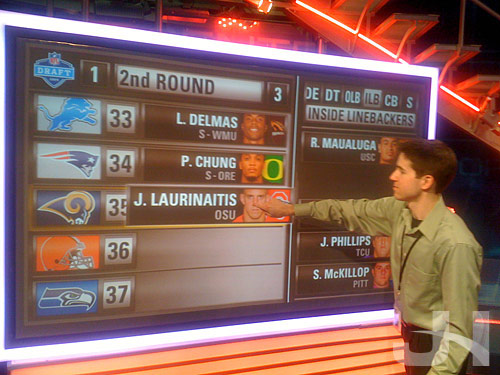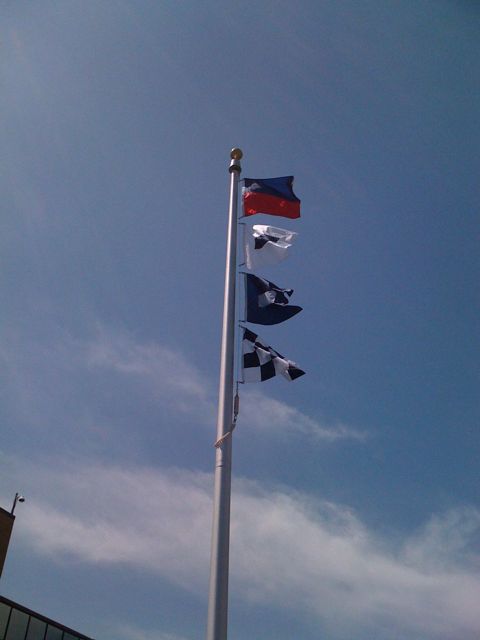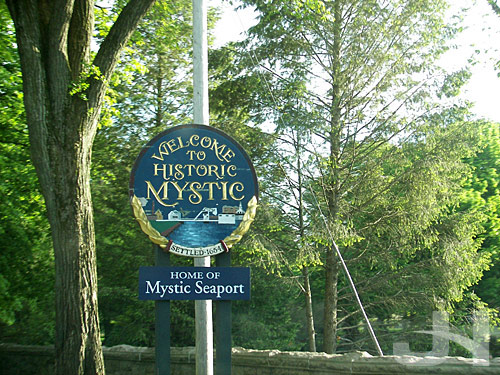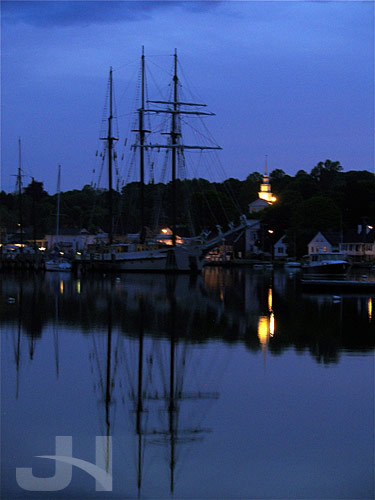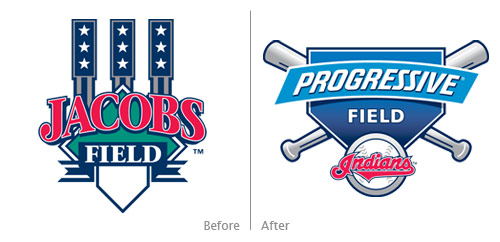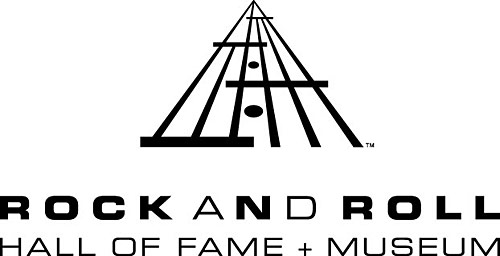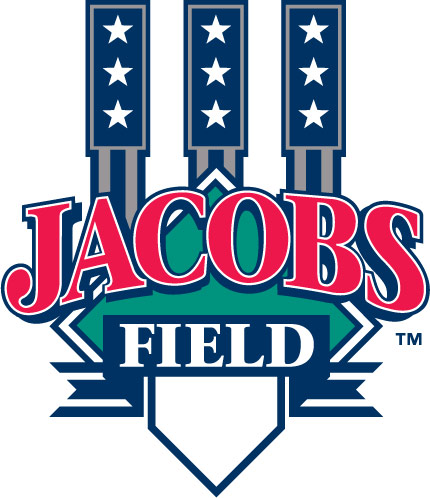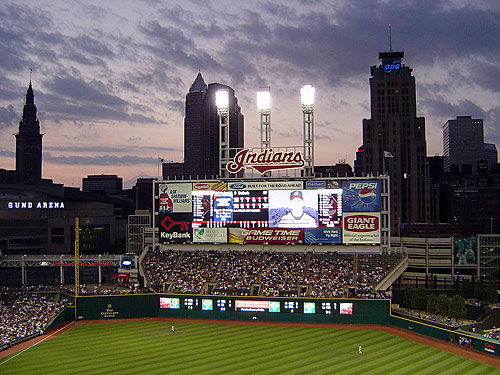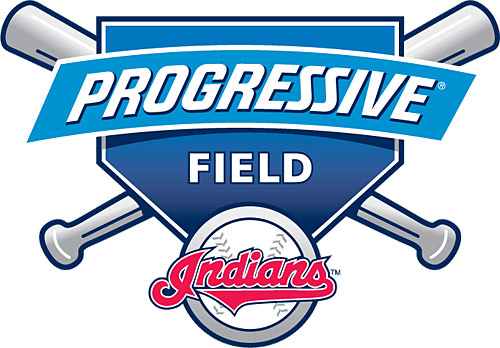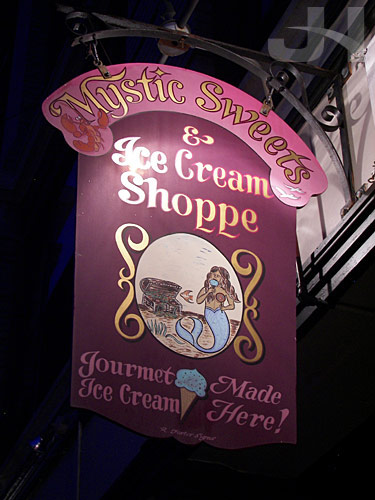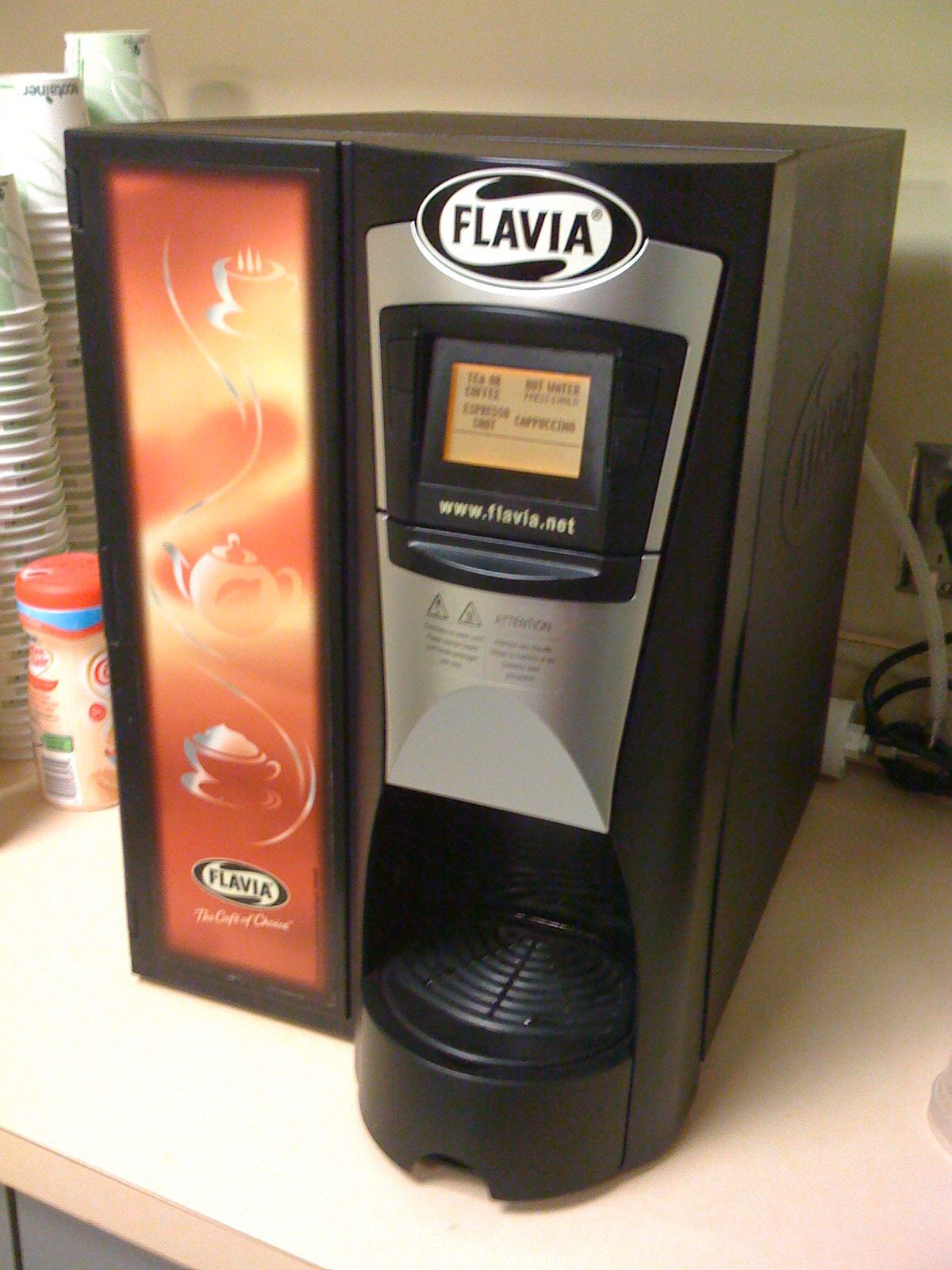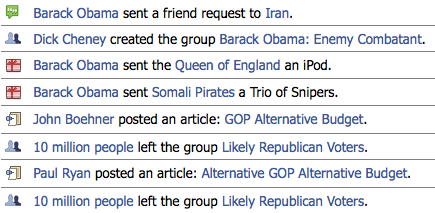
Ron Howard and Tom Hanks are back in this The Da Vinci Code sequel (even though the novel Angels & Demons was released first), and they again bring along Hans Zimmer and his usual band of goons to provide the score. Zimmer’s score for The Da Vinci Code was terrific; the score included tension, elegy, brooding gothic chants, and a magical theme for the revelation scene at the end of the film. For his Angels & Demons score, Zimmer brings all that and more to create a score more enjoyable and better composed than his The Da Vinci Code score.
One’s enjoyment of this score, however, is likely predicated on one’s opinion of the composer. Zimmer, much like composer James Horner, instantly sparks controversy amongst film score collectors. Zimmer often is heavy on synth sounds and frequently employs the use of ghostwriters while taking full credit for his scores. Most of his Angels & Demons score is purely orchestral, but a few tracks employ synth textures that, fortunately, do not detract from the score. And of course, Zimmer’s happy band of goons (this time it’s Lorne Balfe, Geoff Zanelli, and Atli Örvarsson) assist him here as usual.
The score opens with an exciting and frenetic action-packed choir piece humorously titled “160 BPM,” as in 160 beats per minute, or the tempo of the piece. A definite highlight of the score, this track serves as a fantastic opening and sets the mood for a great listen. The track has an almost-dueling quality to it with the different layers of chorus as bells punctuate the action and organ undertones propel the energy. This music accompanies Robert Langdon’s pursuits around Rome and is thus split-up throughout the film. Only during the end credits do we hear this extended piece.
/swf/audioPlayer2.swf
Following said explosive opening, the score slows down a bit with “God Particle,” in which we’re treated to a lovely rendition of the “Chevaliers de Sangreal” theme from The Da Vinci Code. This is the first track to feature violin solos by Joshua Bell, and he doesn’t disappoint (this is the actual musical opening of the film).
/swf/audioPlayer2.swf
In the film, there is a soft, religious-toned choir interlude between the Bell solo and the rest of the track, but sadly this piece is left off the album. The track continues with a markedly different mood, one of more technical-ish sounding tones and textures but concludes with a haunting piano solo of the “Chevaliers de Sangreal” theme.
Next is another highlight of the score, the nine-minute track “Air” that accompanies the second Illuminati killing to great effect (nerd alert: there’s a close-up shot of a car headlight in the film, and when the headlight turns on, a sudden and forceful burst of choir fills the theater with masterful visual and aural effect). Part brooding, part propulsive, part haunting, this track returns to the excitement that began with the opening track and features some familiar-sounding material from The Da Vinci Code.
/swf/audioPlayer2.swf
“Air” is followed up with “Fire,” another solid track. Two great additions here are the choir and the tolling church bells that chillingly break the silence throughout the brooding and action.
/swf/audioPlayer2.swf
“Black Smoke” gives us some more action with some synth layers.
/swf/audioPlayer2.swf
We then get to another highlight, “Science and Religion.” This over-twelve-minute piece features gorgeous religious-esque choir and is nothing like the mood of the preceding tracks. The music features Joshua Bell again to terrific effect as he accompanies the camerlengo’s flight and aftermath.
/swf/audioPlayer2.swf
In “Immolation,” the mood becomes frighteningly dark with this brooding piece…
/swf/audioPlayer2.swf
…but in the penultimate track, “Election by Adoration,” the mood lightens up, and we hear another motif from The Da Vinci Code score, again performed by Bell.
/swf/audioPlayer2.swf
Finally, in the ultimate track, “503,” we get the “Chevaliers de Sangreal” theme unleashed to beauteous heights not achieved elsewhere on the album. This track is extremely gratifying yet blisteringly disappointing. Joshua Bell returns with a dazzling violin solo, and the magic captured in “Chevaliers de Sangreal” is back, but the track is frustratingly short. Part of the magic of “Chevaliers de Sangreal” was the extended build-up to the climax of the piece, but with the brevity of “503” and the quicker tempo, some of that magic is lost. Still, though, if you appreciate a) the theme and b) Bell’s gorgeous performance, you’ll have this track on repeat.
/swf/audioPlayer2.swf
“503” isn’t the only thing that is frustratingly short. If you enjoy this score as much as I did and do, you’ll want more. While we aren’t likely to get any kind of officially-sanctioned expanded score, we have as a consolation prize a downloadable-track titled “H20.” This track fits nicely after “Fire” and has a very trying, strained performance of the “Chevaliers de Sangreal” theme. Even though the track only adds just under two minutes to the score, the track is a nice addition if you’re looking for more music.
/swf/audioPlayer2.swf
More music aside, with Angels & Demons, Hans Zimmer proves once again how good he really can be when he tries. All the magic and heights he achieved with his The Da Vinci Code score are matched and surpassed with his Angels & Demons score. For Zimmer-detractors, this score isn’t worth much, but for Zimmer-enthusiasts, those who enjoyed The Da Vinci Code score, or those who appreciate orchestral music of the dark-and-brooding-yet-action-packed-and-divine variety, you’ll enjoy Hans Zimmer’s part-angelic and part-demonic Angels & Demons score.
![]()
(P.S.: back on 15 May I mentioned I had listened to “503” 42 times. Well, that number is now at 97!)
